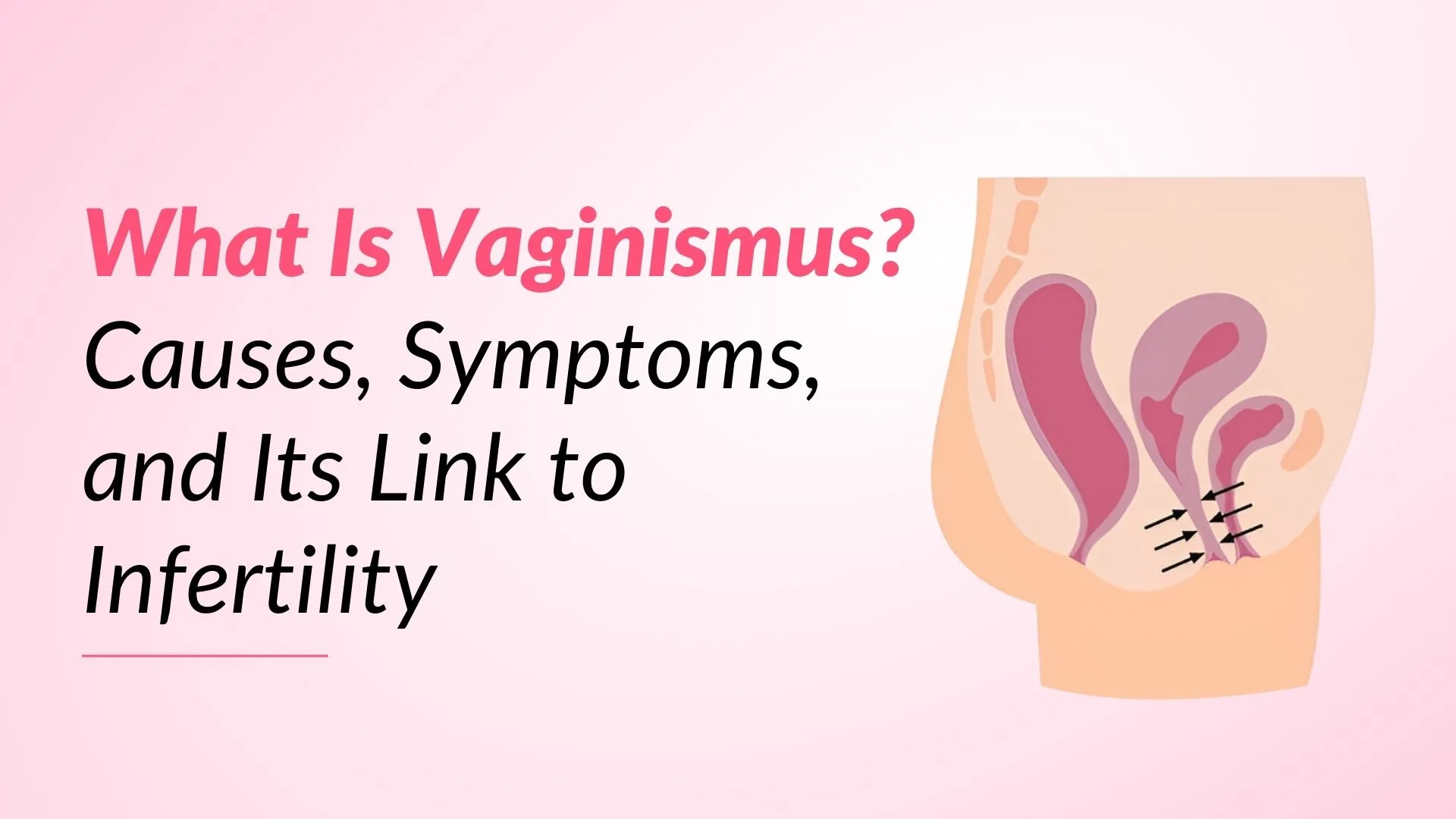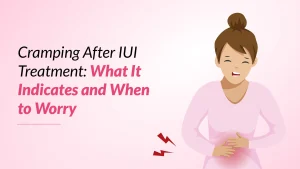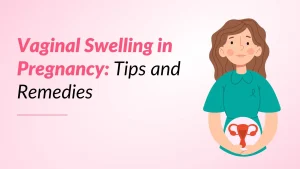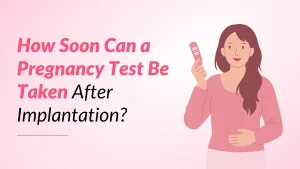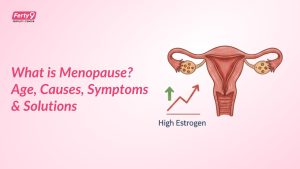Vaginismus is an involuntary tensing of the vagina. People experience it before the onset of sex while inserting a tampon or while undergoing a pelvic exam. Vaginismus can make intercourse difficult and painful (dyspareunia). Sexual pain disorders include dyspareunia and vaginismus. Vaginismus can be a lifelong or transient condition that affects people of any age. Nonetheless, it can be managed with basic exercises, counseling, and vaginal dilators.
What is vaginismus?
A common question is, “What is vaginismus? ” because involuntary tightness of the vaginal muscles is a less well-known disease. Strong, involuntary muscle spasms or excruciating pain during intercourse are caused by the overtightening of the vaginal muscles. Sexual pain disorders have a complex etiology.
The vagina is part of the female reproductive system. It connects the lower part of the uterus (cervix) to the outside of the body. Unintentional muscular spasms occur when something attempts to penetrate the vagina, such as a penis, finger, tampon, or medical equipment. These spasms are sometimes subconscious and uncontrollable, generating discomfort, anxiety, and fear associated with any sort of vaginal invasion.
Types of Vaginismus:
Vaginismus is categorized into primary and secondary types.
Primary Vaginismus
Women with this disease are unable to experience normal penetration due to fear and tight or tense vaginal muscles. This causes painful vaginal penetration during medical exams and intercourse. Women endure discomfort and have difficulty breathing. A person may experience discomfort, burning, or generalized muscular spasms. The symptoms stop when the attempt at vaginal penetration stops.
Secondary Vaginismus
Secondary vaginismus is the development of symptoms after a time of normal sexual functioning, often due to a triggering event like childbirth, trauma, menopause, perimenopause, or infection. It is also known as acquired vaginismus. If the body has been conditioned to react this way, the pain may persist even after a doctor has effectively treated any underlying medical disease. Additionally, vaginismus may have psychological causes, such as emotional or physical stress, or both.
Causes of Vaginismus
Both physical and psychological factors may contribute to the development of vaginismus.
Emotional or psychological elements include:
- Fear
- Fear of pain
- Relationship problems
- Previous abuse or other tragic events
- Cultural or spiritual beliefs on sexual relationship
Physical elements typically consist of:
- Dryness of the vagina
- Infections
- Particular health issues
- Previous surgeries
- Vaginal tears following childbirth
Symptoms of Vaginismus
When using a tampon in late adolescence or having intercourse for the first time in early adulthood, vaginismus symptoms may initially manifest. It is still unknown if the illness arises from an infection or from the anxiety that comes with sexual activity. Dyspareunia, or painful sex, is frequently the initial symptom of vaginismus . Only penetration causes pain and discomfort.
Typical vaginismus symptoms include:
- Pain and a stinging or burning feeling during penetration
- Anxiety, fretting, and emotional anguish related to sexual activity
- Loss of sexual desire
Since these symptoms are uncontrollable, a woman cannot manage them on her own without medical assistance.
Vaginismus and Infertility: The Connection
Up to 1% of women suffer from vaginismus , which frequently manifests as a physical symptom of a psychological issue. Infertility can result from vaginismus, which can also negatively affect a woman’s sense of femininity, her capacity to conceive, and the pregnancy outcomes for both the mother and the fetus. Although vaginismus can produce pain or discomfort during sexual activity, it has no direct effect on fertility, but it makes it harder to conceive. Patients with vaginismus may become pregnant; after vaginismus is completely cured, natural conception is possible. Those who are dealing with vaginismus and fertility issues must seek the advice and assistance of a medical practitioner.
Diagnosis of Vaginismus
Diagnosing vaginismus involves:
- A detailed review of your medical history.
- Physical examination
Your healthcare practitioner will question you regarding your medical history, sexual history, and symptoms. If muscular spasms or other problems are present, a pelvic examination can help identify them. To lessen discomfort, a topical numbing medication may be given to the outside of your vagina before the pelvic exam. Endometriosis, vaginal lesions, vaginal infections, or other problems can occasionally cause dyspareunia. They require specialized care and should be further assessed.
Treatment Options for Vaginismus
A multidisciplinary approach is usually used to treat vaginismus . The main goal of vaginismus treatment is to reduce the reflexes of the muscles that cause them to contract. The therapy also aims to address any underlying concerns or phobias that might be causing the illness.
Your physician might suggest one or more of the following treatment options:
- Counselling
- Topical therapy
- Pelvic floor physical therapy
- Botox injections
- Vaginal dilator therapy
- Cognitive behavioral therapy (CBT)
- Sex therapy
- Relaxation techniques
It’s critical to understand the potential treatment options for vaginismus if you have been diagnosed with this condition or are exhibiting its symptoms. You can live more comfortably if you receive prompt treatment for this problem.
Coping with Vaginismus and Infertility
Managing infertility and vaginismus can be physically and emotionally challenging. Navigating the path can be made easier by seeking therapy, medical attention, and support from loved ones. Overcoming these challenges requires perseverance and expert advice. Vaginismus patients can become pregnant. 100% of vaginismus can be cured, and after it does, natural conception may be possible. Open conversation with a partner helps alleviate the emotional toll of vaginismus and infertility.
Exploring alternative fertility treatments may yield promising results. Self-care and mental health support are essential during the recovery process. Along with determining and treating the cause of vaginismus , procedures such as intrauterine insemination (IUI) or in vitro fertilization (IVF) can be performed on such patients under sedation/anesthesia to fulfill their dream of motherhood.
Conclusion
Vaginismus is a challenging condition that many women face, causing physical and emotional distress. Even though the exact number of women who suffer from the problem is unknown, vaginismus is a condition that can affect any age group. Understanding its causes, symptoms, diagnosis, and treatment choices is critical for offering the appropriate assistance and direction to people affected. Individuals suffering from vaginismus can enhance their quality of life and have more meaningful sexual experiences with the right treatment and assistance.







